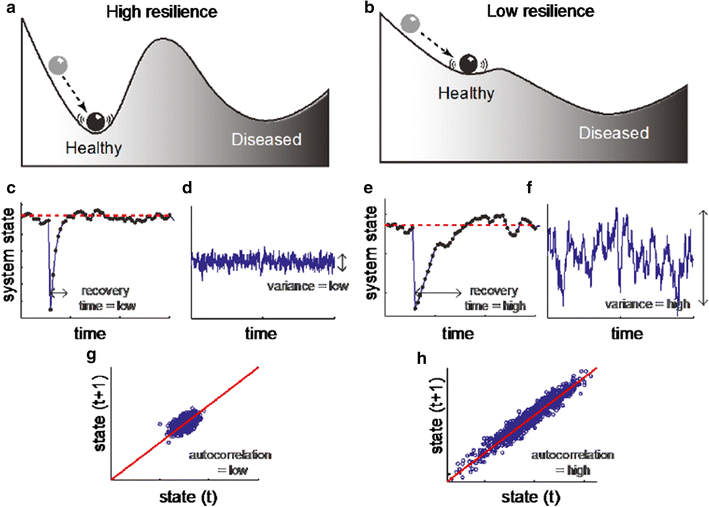Reserve and Reserve-building activities research: key challenges and future directions
- PMID: 27633657
- PMCID: PMC5025627
- DOI: 10.1186/s12868-016-0297-0
Reserve and Reserve-building activities research: key challenges and future directions
Abstract
Background: The concept of Cognitive Reserve has great appeal and has led to an interesting and important body of research. We believe, however, that it is unnecessarily limited by 'habits' of measurement, nomenclature, and intra-disciplinary thinking.
Main body: A broader, more comprehensive way of conceptualizing Reserve is proposed that invokes a broader measurement approach, nomenclature that uses specific terms embedded in a theoretical model, and crosses disciplines.
Conclusion: Building on this comprehensive conceptualization, we will discuss fruitful directions for future research.
Keywords: Cognitive Reserve; Inter-disciplinary; Measurement; Neurological Reserve; Nomenclature theory; Quality of life; Reserve-building activities; Resilience; Tipping point.
Figures


References
-
- Berkman LF, Syme SL. Social networks, host resistance, and mortality: a nine-year follow-up study of Alameda County residents. Am J Epidemiol. 1979;109(2):186–204. - PubMed
-
- Holman H, Lorig K. Perceived self-efficacy in self-management of chronic disease. Self Effic Thought Control Action. 1992;1:305–324.
MeSH terms
Grants and funding
LinkOut - more resources
Full Text Sources
Other Literature Sources

